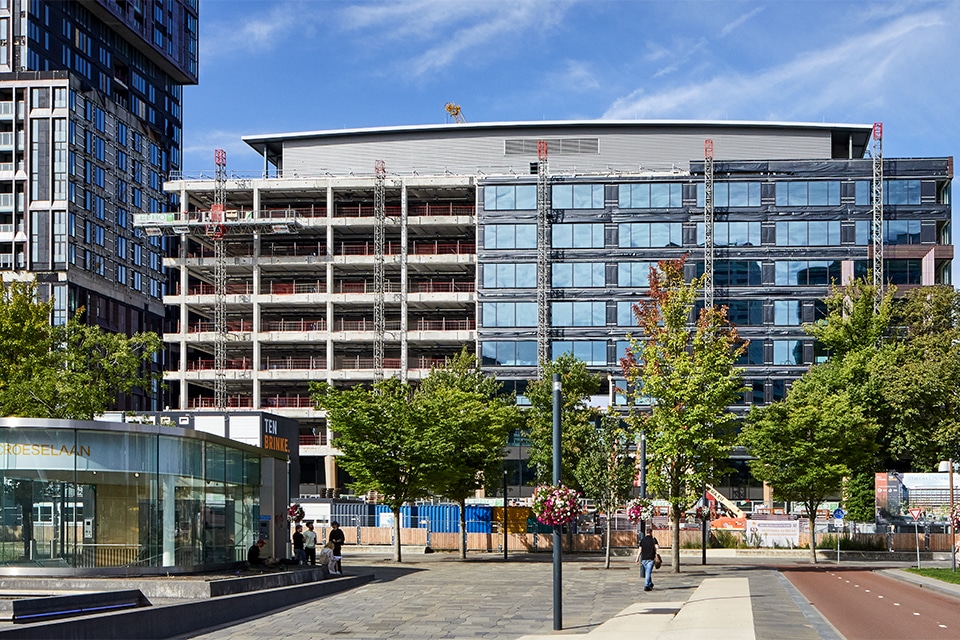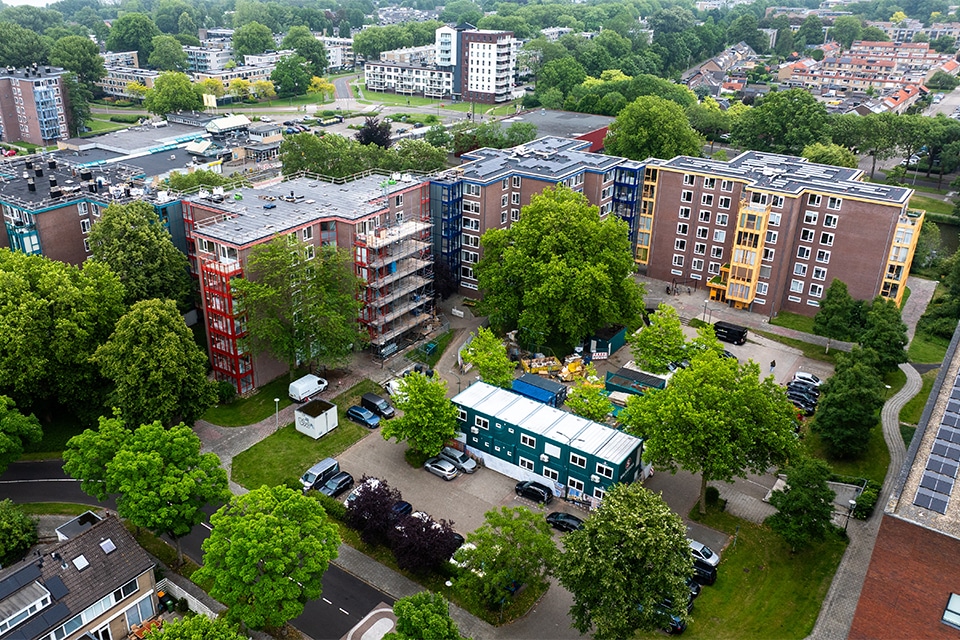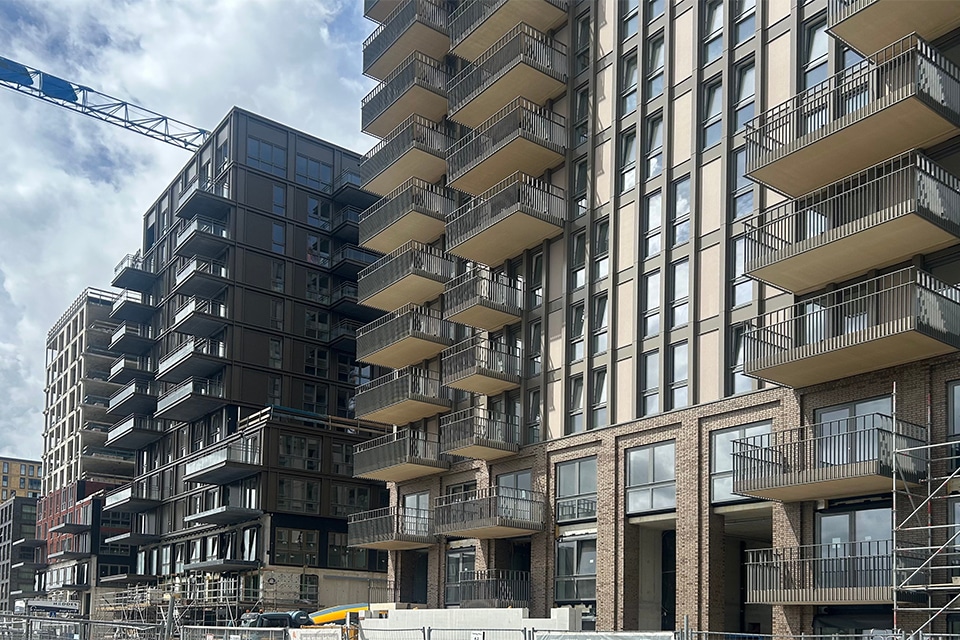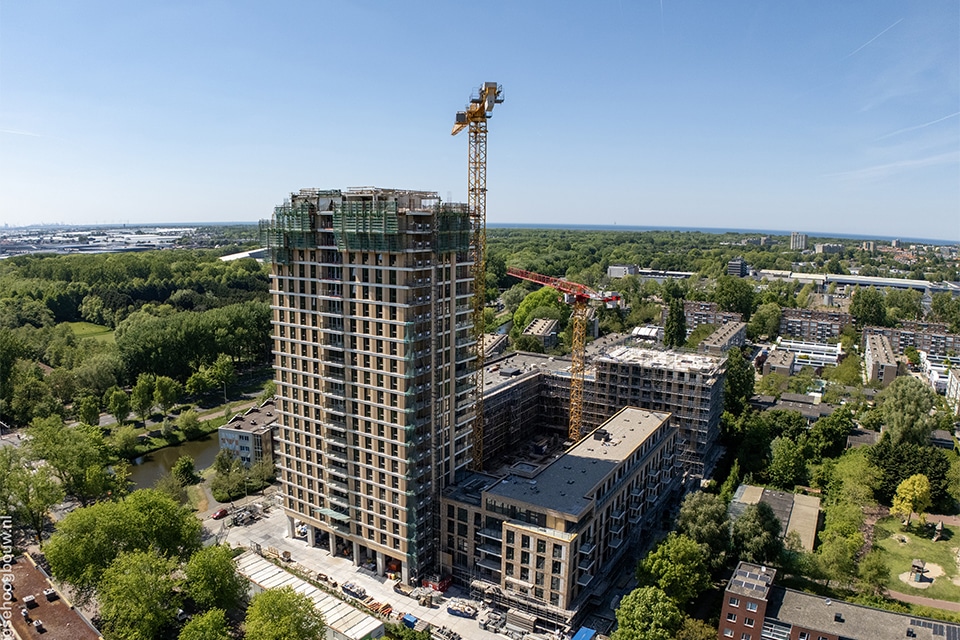
Pauluskerk The Hague: from place of worship to luxury residences
Demolition work without affecting the original appearance
Transforming a church into a luxury residential complex is no easy task. Inside, the building will be given a completely different function; outside, the authenticity must be preserved. For Amovatiebedrijf Aalsmeer, therefore, it is careful maneuvering. "It's always a challenge, but we do this more often," he says.
The Paulus Church is located on the Monseigneur Nolenslaan in The Hague. The church building dates from 1954 (Architect Van der Togt) and is a fine example of reconstruction architecture. After standing empty for several years, 21 luxury homes are now being realized in it. This means that the interior of the church is changing dramatically. However, characteristic details will be preserved - for example, there will be housing in the former baptistery, the devotional chapel and the bell tower. The facade will also remain largely intact.

Distinctive details are retained, and the facade appearance also remains largely intact.
Structural demolition work
Amovatiebedrijf Aalsmeer is currently preparing the church building for its new purpose: special homes that can largely be filled in by the new residents themselves. This is obviously being done very carefully, explains project manager Richard Verwoerd, who is in contact with all parties as the point of contact, thus ensuring that communication runs as efficiently as possible. "We focus mainly on the structural elements. We make recesses in the facades, drill holes for the purpose of the installations, among other things, and remove parts. All this is done in close consultation with the building contractor and the structural engineer. The architect is also regularly present during consultations." He cites one of the biggest challenges so far as removing a concrete floor. "You can't just start chopping, but you have to approach the work carefully. Not just the demolition work, but also the installation of outriggers and struts." The floor, he says, was cut into sections and lifted out of the building with a tower crane.

Smooth planning and logistics
During demolition, it was revealed that the building contained more asbestos than expected. Verwoerd: "That is not unusual. Among other things, there was asbestos-containing sealant in the windows." When making new recesses in the facades, the employees of Amovatiebedrijf Aalsmeer must ensure that the concrete framework is preserved. "Quite a job." Verwoerd expects the work to continue until mid-May. For example, the first floor still has to come out, as does a concrete floor in the bell tower. A number of walls will also still be removed. "The structural engineer is currently working on the calculations. Once he completes his plans, we can pick that up." He notes that the project is going smoothly in terms of planning and logistics. "With the supply and removal, for example, we do have to take into account the presence of schools in the area. That means no heavy equipment at the beginning or end of classes unless there are traffic controllers. The tower crane has been given a special place, on the basement floor of a new building next to the church being built by the same contractor. It was investigated whether that floor could handle the load and that turned out to be the case; this gives us a great spot for the crane."
Performing demolition work is everyday work for Amovatiebedrijf Aalsmeer, the company has the necessary experience with special and monumental buildings, Verwoerd said: "For example, we are continuously active in Amsterdam. But no building is the same and that always provides beautiful challenges."




